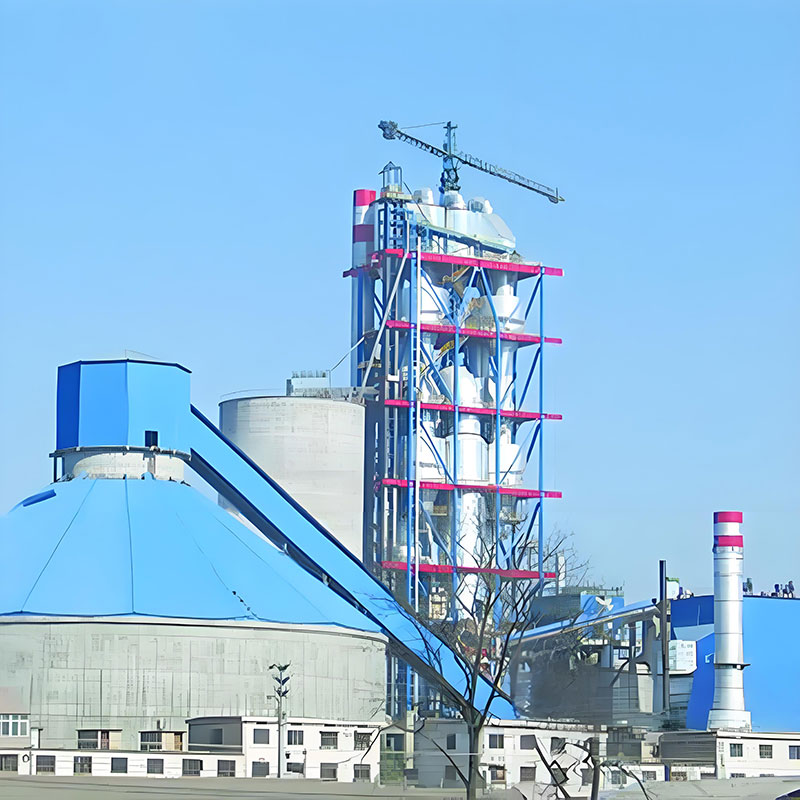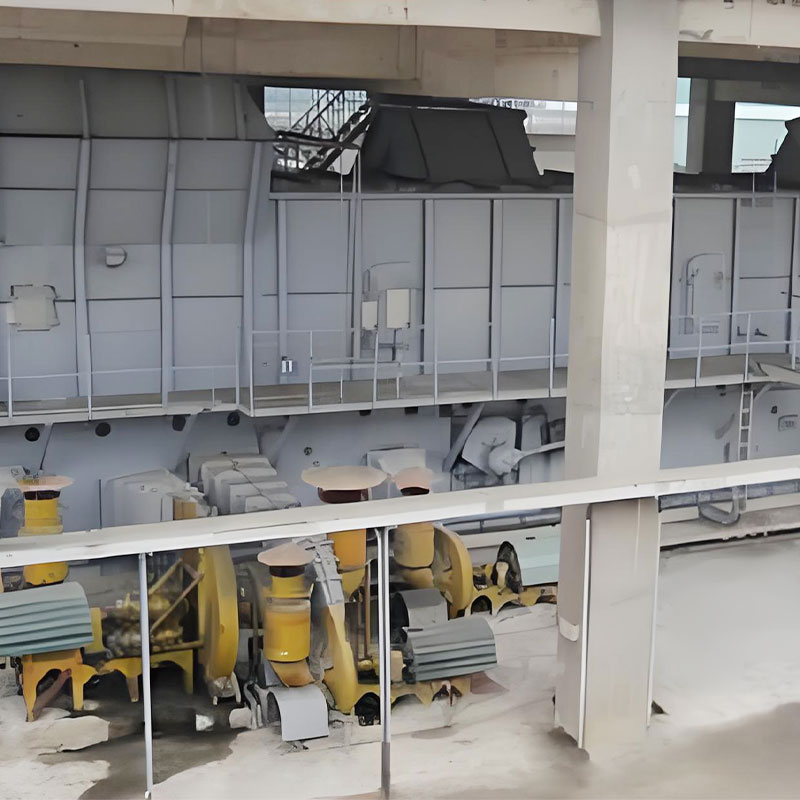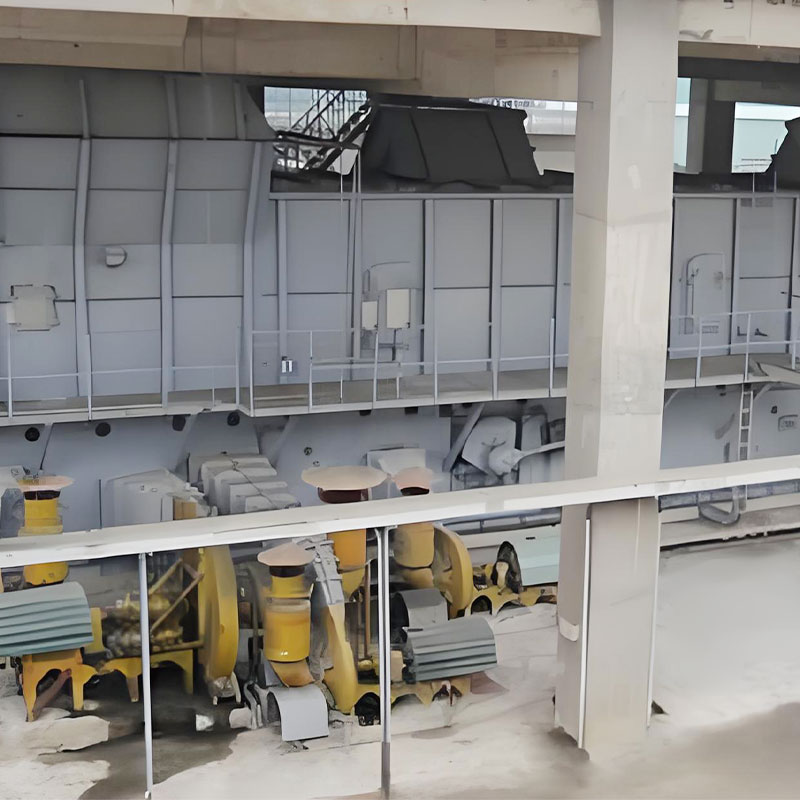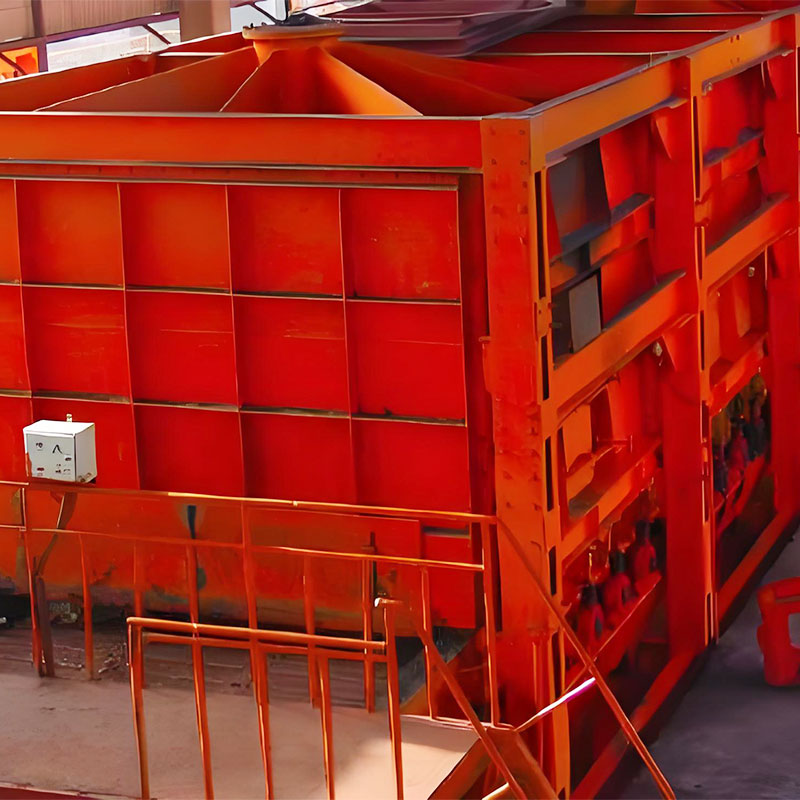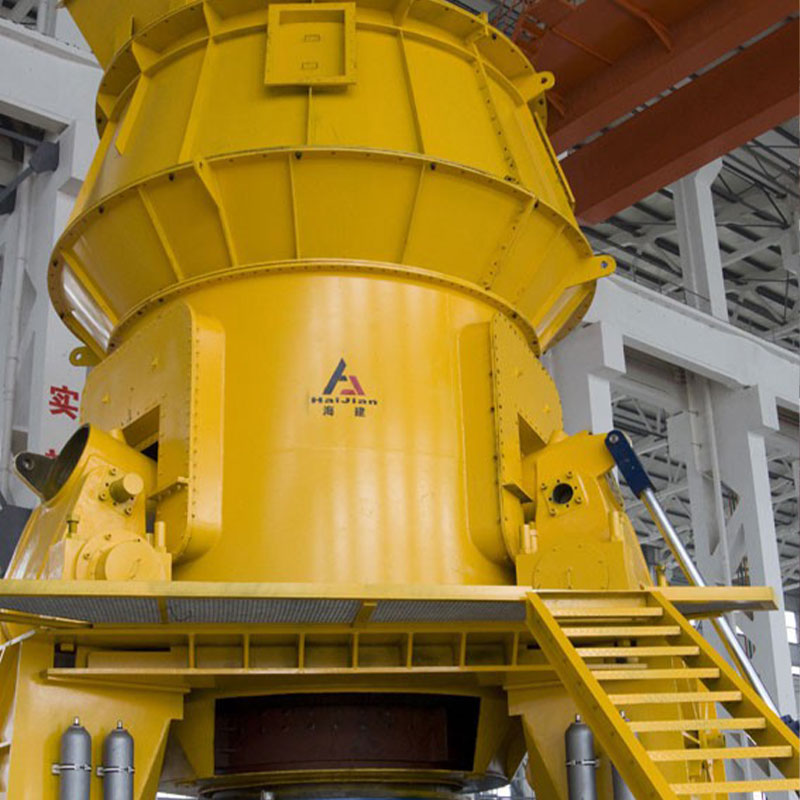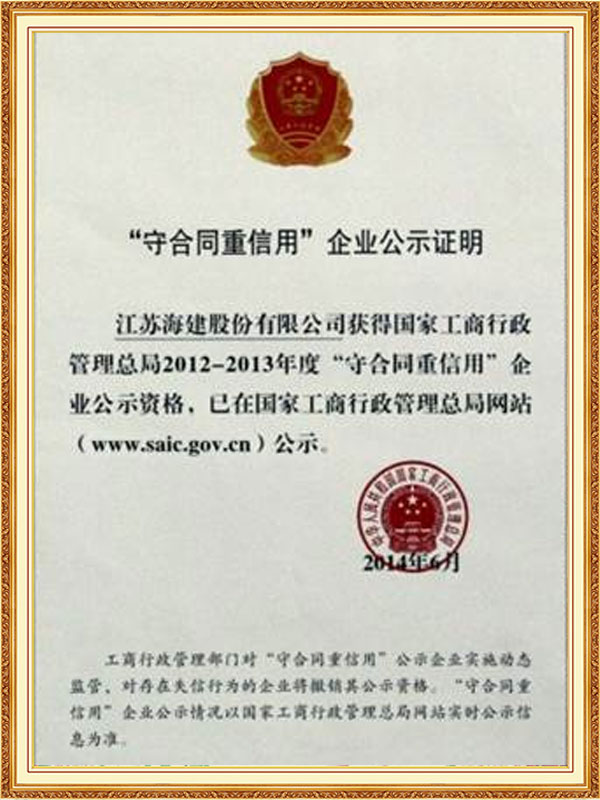Jiangsu Haijian Co., Ltd is a professional China Grate cooler Manufacturers and Grate cooler Company. We provide professional cement production equipment, industrial solid waste incineration equipment, and professional equipment for mining and metallurgical applications.We are a major manufacturing enterprise, a key backbone enterprise, and a primary export base for cement, power, environmental protection, and metallurgical and mining equipment in China. The company has the legal rights to independently manage the import and export of its products and is legally authorized to undertake general contracting for foreign projects.
-

Professionalism
-

Quality
-

One stop solution



News Center
News Updates
-
Admin 2025-12-09
Common Faults and Solutions of Cement Production Lines
A cement production line is a complex system encompassing multiple stages, including raw material crushing, mixing, calcining, cooling, and grinding. Each stage requires precise control and coordination, and any malfunction in any stage can affect the efficiency and product quality of the entire pro...Read More -
Admin 2025-12-02
How to Improve the Production Efficiency of a Cement Production Line?
The cement production line is a crucial link in cement manufacturing, encompassing the entire process from raw material mining to final product production and packaging. With the ever-increasing market demand for cement products, improving the production efficiency of cement production lines has bec...Read More -
Admin 2025-11-25
What factors affect the quality stability of a cement production line?
In today's increasingly competitive cement industry, the stability of cement quality has become a key factor for enterprises to survive in the market. For cement production lines, quality is not determined by a single link, but involves multiple factors such as raw materials, equipment, processes, o...Read More
Industry knowledge
As a key piece of equipment connecting the calcining and grinding processes, the grate cooler performs three core functions: clinker cooling, heat recovery, and material conveying. Its performance directly impacts the energy efficiency, clinker quality, and system stability of cement production, making it an indispensable core piece of equipment in cement production lines. Jiangsu Haijian Co., Ltd., founded in 1970, specializes in the research, development, manufacturing, and service of comprehensive solutions for dry bulk port transshipment systems. We are a professional grate cooler manufacturer and company. We provide specialized equipment for cement production, industrial solid waste incineration, and mining and metallurgical applications.
Grate coolers cool clinker using the countercurrent heat exchange principle. After the hot clinker (approximately 1200-1400°C) enters the grate bed from the rotary kiln, a cooling fan forces ambient air at a specific pressure through the clinker bed. This cooling air exchanges heat with the clinker, rapidly cooling the clinker temperature to below 100°C while simultaneously heating the air to 600-900°C. This heat exchange process ensures rapid cooling of the clinker while recovering high-quality heat energy.
A grate cooler typically consists of the following core components:
Grate bed system: A modular design comprises fixed and movable grates, which are driven hydraulically or mechanically for reciprocating motion.
Air chamber system: Zoned cooling air volume control and advanced air volume adjustment.
Crushing mechanism: A clinker hammer crusher ensures that the material particle size meets subsequent process requirements.
Sealing system: Multiple sealing structures reduce air leakage and improve thermal efficiency.
Automatic control system: Integrated temperature monitoring, air volume adjustment, and fault diagnosis.
During daily operation, operators should record and analyze pressure and temperature data from each air chamber and closely monitor grate bed speed and hydraulic system pressure fluctuations. Normal fluctuations should be kept within ±5%. Pay special attention to current fluctuations in the clinker crusher, as abnormal fluctuations often indicate blockage or component wear. Lubrication management is the focus of daily maintenance. The grate bed drive chain needs to be replenished with high-temperature resistant lithium-based grease daily, and the support roller bearings need to be greased weekly. Synthetic grease must be used in high-temperature working environments. The hydraulic station oil must be tested for contamination every month to ensure that the NAS level does not exceed level 8. Inspection of key components includes daily tightening of the grate bolts. The torque must be precisely controlled within the design value ±5%; weekly measurement of grate wear. When the wear exceeds 30% of the original thickness, it must be replaced immediately; at the same time, the clinker distribution must be closely observed. Abnormal accumulation often indicates a fault in the grate or air chamber. When a grate is damaged, the machine must be stopped immediately for replacement, and the fixing of adjacent grate plates must be checked to analyze whether the damage is caused by thermal stress or mechanical stress.


 English
English  русский
русский  Español
Español 